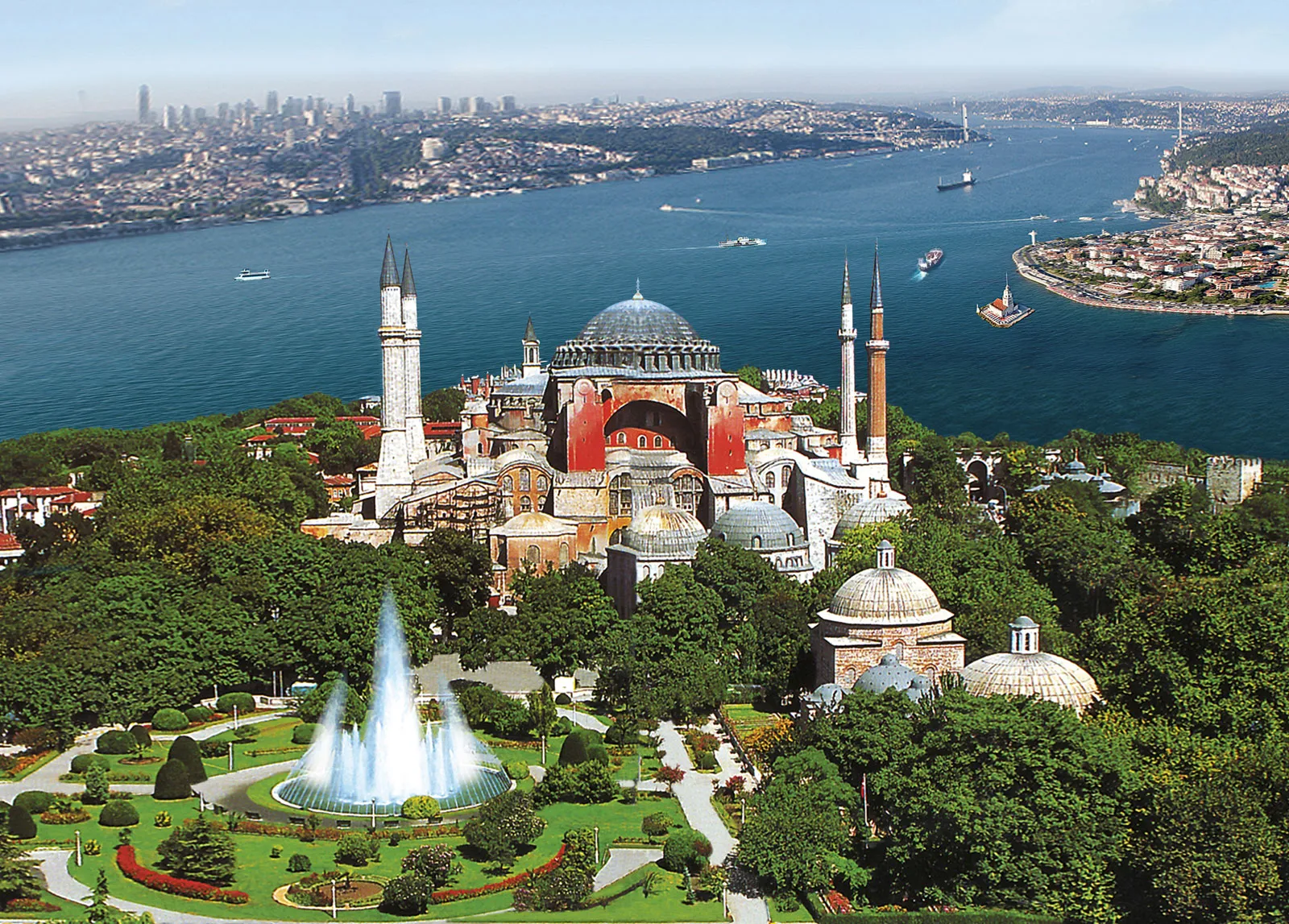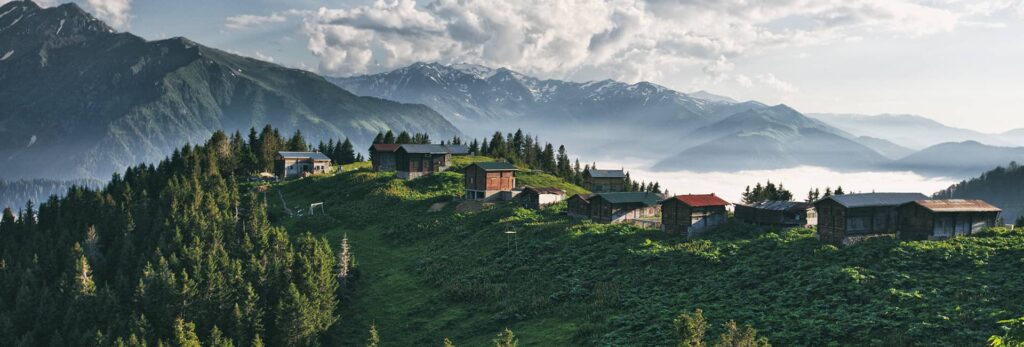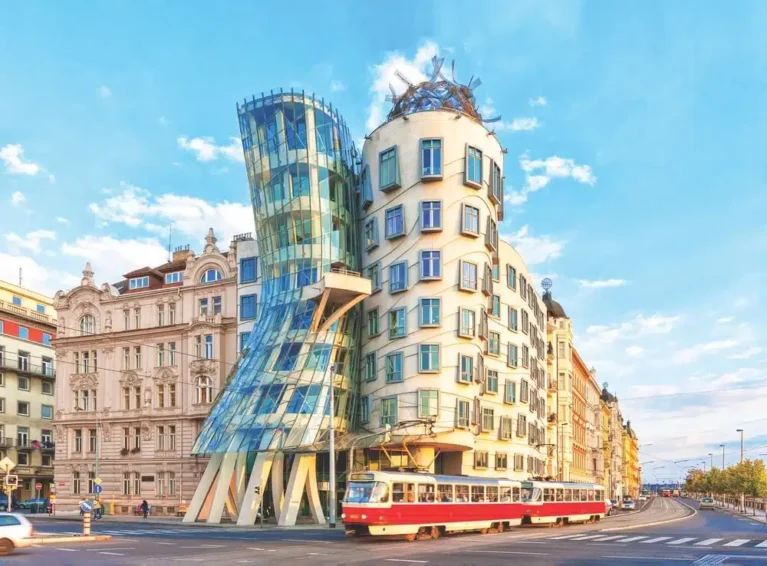Turkey
-
12 Day Bulgaria, Serbia & Romania Tour
Discover local flavors Learn about traditional tracks Escorted tours High quality accommodation
-
12 Day Classic Romania
Discover local flavors Learn about traditional tracks Escorted tours High quality accommodation
-
12 Day Albania, Montenegro, Croatia & Slovenia
Discover local flavors Learn about traditional tracks Escorted tours High quality accommodation
-
13 Day Turkish Treasures with Cappadocia
Discover local flavors Learn about traditional tracks Escorted tours High quality accommodation
-
12 Day Central Europe with Warsaw & Krakow
Discover local flavors Learn about traditional tracks Escorted tours High quality accommodation

Turkiye
In modern Turkey, the legacy of centuries of history coexists with progressive and contemporary culture. Its exciting capital, Istanbul, spans Europe and Asia: here, upscale eateries and swanky nightclubs are squeezed between Byzantine and Ottoman structures, with calls-to-prayer from city mosques sounding above the city. The Aegean and Mediterranean coasts mix ancient Roman ruins with stunning beaches and resorts. Still, the real cultural lessons come from the Turkish people, always welcoming and eager to share their homeland’s fascinating past and present.
Istanbul
Public transportation is your best bet for getting around the city.
With an official population of over 15 million people, traffic can be a nightmare in Istanbul, so forget using taxis and avoid buses where you can. The city has extensive services including ferries, trams, metros, and a train system called the Marmaray. Whether you’re staying on the European or the Asian side, all you need is an Istanbul City Card, available at select transport hubs throughout the city. (Note, if taxi is the only option, download the Bitaksi App to check out routes and pricing, before you get in.)
The hype about the old city in Sultanahmet is true.
First time visitors should prioritize a visit to the Sultanahmet neighborhood. This small area contains the apogee of Byzantine and Ottoman architecture and lifestyles. Topkapı Palace, Sultanahmet (Blue) Mosque and Hagia Sophia, with the galleries where you can see frescoes up close now reopened, the Istanbul Archaeology Museum and Yerebatan Basilica Cistern are all a stone’s throw from one another. Don’t waste time waiting to buy a ticket. Get a museum pass or a skip-the-line guided tour in advance. That way you can soak up the atmosphere and appreciate each site individually.
Experience old world Constantinople or uber trendy Istanbul.
Istanbul extends way beyond Sultanahmet and some areas have a very “village in the city” vibe, despite being in a metropolis. Step back in time in the Golden Horn district or go hipster in Kadikoy on the Asian side of the city. The most enjoyable way to reach both is by ferry. Sit with the locals and sip on a glass of tea while enjoying the sea air and the music of the waves. If you’re lucky, a pod of dolphins or porpoises will swim by.
The Turkish culinary scene caters for all tastes and budgets.
There’s a lot more to Turkish food than kebabs and baklava, tasty as they are. Small establishments often prepare the one type of food really well, or family run affairs cook delicious dishes traditional to their part of country. When the menu is only in Turkish, check out what other diners are having. A word about pricing: if you don’t see prices listed on a menu, don’t be afraid to ask. Istanbul has cheap and tasty easts and splurge-worthy dining options too at Michelin-listed restaurants. Dozens of innovative chefs have received conventional stars and green ones too, for outstandingly sustainable, eco-friendly cuisine and practices.
The Central and Southern Aegean Coast
The Aegean is one of Turkey’s most visited and most developed regions, for good reason: the area is home to some of Turkey’s most captivating treasures, from gorgeous white-sand beaches to the ancient ruins of Ephesus.
Cappadocia and Central Turkey










